A fresh coat of paint is one of the easiest and most affordable ways to perk up your home’s interior. Not only can paint restore tired walls and bring an outdated home back to life, but it can also create the illusion of grander and cozier spaces — creating exactly the ambiance you’re going for in every room. Of course, paint only improves a space when it’s the right paint. So, use these four tips to help you pick the perfect interior paint every time.
Find Top-Rated Painting Pros
Search Now1. Choose Your Hues
Choosing from thousands of paint colors can be overwhelming, so it helps to first consider the colors that consistently appeal to you. Take a look at your wardrobe. Chances are, the colors in your closet are both the colors you feel most comfortable in and the colors that best reflect your personality. Choose three or four and use them as a jumping off point. Then, use a color wheel, painting apps and inspirational sites like DesignMine and Pinterest to find complementary colors and create a purposeful color scheme. The most important factor to consider when choosing color is that you like it — and that you like it well enough to live with it for at least a few years or more.
2. Design Deliberately
Color will affect both the mood and the perceived dimensions of your space. Generally speaking, lighter interior paint colors will make confined spaces feel more expansive than they actually are, while darker colors will compress larger areas and create the illusion of a cozier, more intimate space. Of course, it’s also important to choose a color scheme that will enhance both the function of the room and the atmosphere you’re striving to produce. So, if your aim is to create a casual kitchen and dining area, for example, it’s best to avoid stark, formal whites and dressy royal hues.
Compare Quotes from Local Painting Pros
Search Now3. Finalize Your Finish
Finish refers to a paint’s sheen and washability. Typically, you’ll choose from flat (matte), eggshell, semi-gloss and gloss (shiny) finishes, taking both aesthetics and practicality into consideration. Flat paint is absorbs light to hide imperfections and is low on the washability scale, so it is best for de-emphasized, low-traffic areas and ceilings. Satin, eggshell and semi-gloss paints create visual interest and are better for high traffic areas, since they resist staining and are easier to clean than flat paints. The glossier the paint, the more you’ll notice imperfections in the painted surface.
4. Pick the Best Primer for the Job
It’s important to prime before you paint — even when you’re applying dark colors over light. A good coat of primer does more than just cover up existing paint. It also provides an ideal adhesion surface for your new paint, ensuring that it will last longer — and look better — than it would if you were to simply apply a new finish on its own. Keep in mind that all primers are not created equal. You’ll have to choose a latex-based, oil-based, tinted or other specialized primer based on the material and condition of your walls or other interior surfaces. When in doubt, consult with an interior painting professional who can help you choose the appropriate colors, finishes and primers for your painting projects.

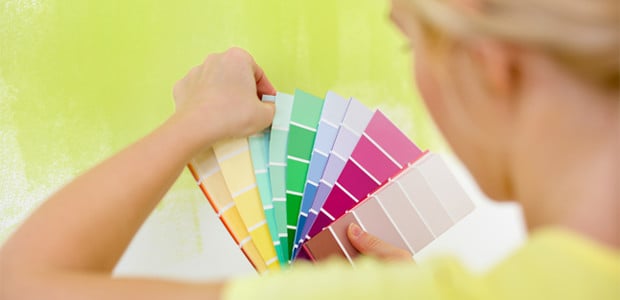
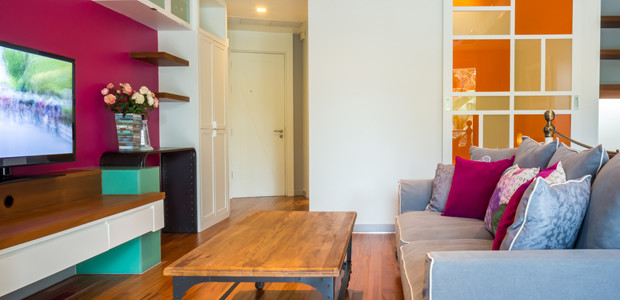



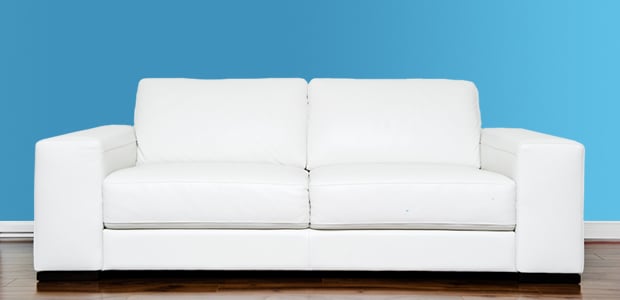 How Much Should Your
How Much Should Your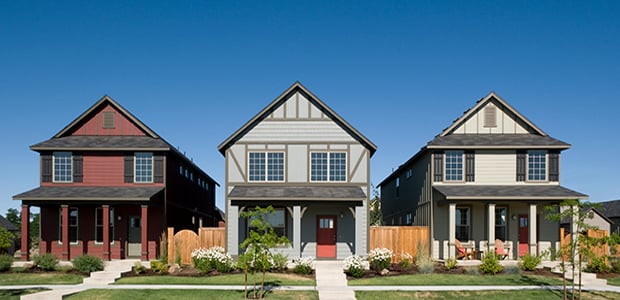 Your Painting
Your Painting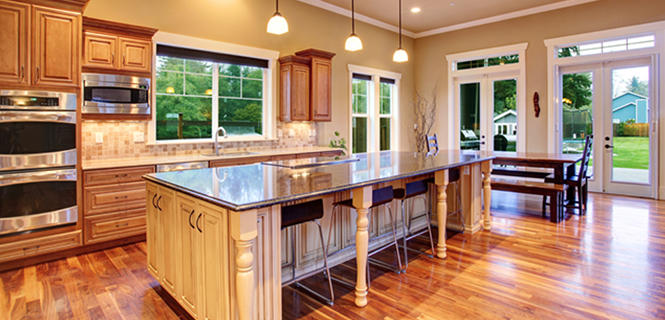 6 Steps to
6 Steps to 7 Common Mistakes to
7 Common Mistakes to